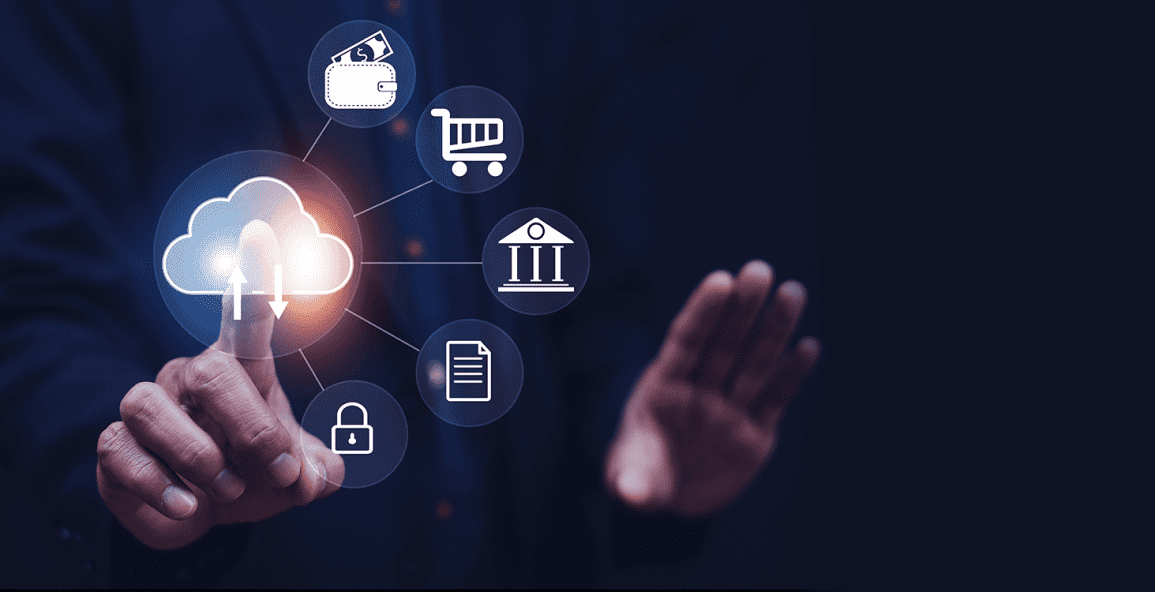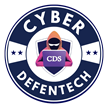
Introduction
Cloud computing has revolutionized the way businesses operate, offering unparalleled flexibility, scalability, and cost-efficiency. However, this digital transformation has also introduced new challenges for forensic investigators. Cloud forensics, a subfield of digital forensics, focuses on investigating incidents within cloud environments. This article explores the intricacies of cloud forensics, including its techniques, challenges, and best practices.
What is Cloud Forensics?
Cloud forensics involves applying digital forensics principles to cloud computing environments. It encompasses the identification, preservation, collection, analysis, and reporting of digital evidence from cloud-based systems. The goal is to uncover and document criminal activities or policy violations that occur within cloud infrastructures.
Key Challenges in Cloud Forensics
- Data Volatility and Ephemerality: Cloud environments are dynamic, with data constantly being created, modified, and deleted. This volatility makes it challenging to preserve evidence.
- Multi-Tenancy: Cloud services often host multiple clients on shared infrastructure. Ensuring data isolation and privacy while conducting investigations is crucial.
- Jurisdictional Issues: Cloud data can be stored across multiple geographic locations, leading to complex legal and jurisdictional challenges.
- Access and Control: Investigators may have limited access to cloud infrastructure, relying on cloud service providers (CSPs) for data retrieval.
Cloud forensics serves several critical purposes in today’s digital landscape:
- Understanding Cyber attacks and Breaches: Cloud forensics helps in identifying the scope and root cause of cyberattacks and data breaches. By analyzing cloud environments, investigators can determine how an attack occurred, what data was compromised, and who was responsible1.
- Implementing Mitigation and Prevention Strategies: Insights gained from forensic investigations are invaluable for improving security measures. Organizations can use this information to strengthen their defenses and prevent future incidents1.
- Supporting Legal Proceedings: Cloud forensics provides evidence that can be used in court to support legal cases, whether they involve cybercrime, data breaches, or other digital offenses. This evidence is crucial for prosecuting offenders and resolving disputes2.
- Insurance Claims: In the event of a cyber incident, cloud forensics can help organizations substantiate their claims with insurance companies by providing detailed reports and evidence of the incident1.
- Compliance and Auditing: Forensic investigations ensure that organizations comply with regulatory requirements and internal policies. This is particularly important in industries with strict data protection regulations3.
- Incident Response: Cloud forensics is a key component of incident response strategies. It enables rapid identification and containment of security incidents, minimizing damage and recovery time4.
- Data Recovery: In cases of accidental data loss or corruption, cloud forensics can assist in recovering lost data and understanding the circumstances that led to the loss4.
By leveraging cloud forensics, organizations can enhance their security posture, ensure compliance, and effectively respond to and recover from cyber incidents.
Cloud Forensics Process
- Identification: Detecting potential incidents and identifying relevant data sources within the cloud environment.
- Preservation: Ensuring that data is preserved in its original state to maintain its integrity. This may involve creating snapshots or images of virtual machines.
- Collection: Gathering relevant data from cloud storage, logs, and other sources. This step often requires collaboration with CSPs.
- Analysis: Examining the collected data to uncover evidence. This may involve log analysis, file system examination, and network traffic analysis.
- Reporting: Documenting the findings in a clear and concise manner, suitable for legal proceedings or internal investigations.
Techniques and Tools
- Log Analysis: Cloud environments generate extensive logs that can provide valuable insights. Tools like AWS CloudTrail and Azure Monitor help in analyzing these logs.
- Virtual Machine Imaging: Creating images of virtual machines to preserve their state at a specific point in time. Tools like FTK Imager and EnCase are commonly used.
- Network Traffic Analysis: Monitoring and analyzing network traffic to detect anomalies. Tools like Wireshark and Zeek are useful in this context.
- Cloud-Specific Tools: Utilizing tools designed for cloud environments, such as AWS CloudFormation and Azure Security Center, to facilitate investigations.
- Here are some essential tools used in cloud forensics:
- AWS CloudTrail: This service records API calls made to AWS services, providing a history of AWS account activity for auditing and forensic analysis1.
- Azure Activity Log: Similar to AWS CloudTrail, this service records events that occur in Azure resources, helping investigators track changes and access patterns1.
- Google Cloud Forensics Utils: A set of tools designed to help with forensic investigations in Google Cloud environments. These tools assist in collecting and analyzing data from Google Cloud services2.
- FTK Imager: A widely used tool for creating forensic images of virtual machines and other cloud-based data. It helps preserve the state of data at a specific point in time3.
- EnCase: Another popular tool for imaging and analyzing data. EnCase is known for its robust capabilities in handling large volumes of data and its comprehensive analysis features3.
- Wireshark: A network protocol analyzer that can capture and analyze network traffic. It’s useful for detecting anomalies and understanding network behavior in cloud environments3.
- Zeek (formerly Bro): An open-source network analysis framework that provides detailed visibility into network traffic, which is crucial for forensic investigations3.
- Sleuthkit: A collection of command-line tools and a library for analyzing disk images and recovering files from them. It’s useful for examining file systems and identifying evidence2.
- Cado Security: Offers a comprehensive cloud forensics platform that integrates various tools and techniques to streamline the investigation process2.
These tools help forensic investigators effectively collect, preserve, and analyze digital evidence from cloud environments, ensuring thorough and accurate investigations.
Best Practices
- Collaboration with CSPs: Establishing strong relationships with CSPs to ensure timely access to data and support during investigations.
- Regular Audits: Conducting regular audits of cloud environments to identify potential vulnerabilities and ensure compliance with security policies.
- Training and Awareness: Ensuring that forensic investigators are trained in cloud-specific tools and techniques.
- Legal Preparedness: Understanding the legal implications of cloud forensics and ensuring that investigations comply with relevant laws and regulations.
Emerging Trends
- Containerization: The use of containers, such as Docker, is becoming increasingly popular. Investigators must adapt to the unique challenges posed by containerized environments.
- Serverless Computing: Serverless architectures, like AWS Lambda, introduce new complexities for forensic investigations. Understanding how to capture and analyze data in these environments is crucial.
- Artificial Intelligence and Machine Learning: Leveraging AI and ML to automate and enhance forensic investigations. These technologies can help in identifying patterns and anomalies more efficiently.
In cloud forensics, the identification phase is crucial as it sets the foundation for the entire investigation. This phase involves several key steps:
- Scope Definition: Clearly defining the scope of the investigation is essential. This includes identifying the specific cloud services, applications, and data involved in the incident.
- Key Players and Custodians: Identifying the key stakeholders, such as cloud service providers (CSPs), system administrators, and users, who may have relevant information or control over the data.
- Data Sources: Determining the best sources of potential electronic evidence. This can include virtual machines, storage services, databases, logs, and network traffic within the cloud environment1.
- Incident Detection: Using various tools and techniques to detect anomalies or signs of malicious activity. This may involve monitoring logs, network traffic, and system behavior.
- Legal and Compliance Considerations: Ensuring that the identification process complies with legal and regulatory requirements. This includes understanding data privacy laws and obtaining necessary permissions for data access.
Conclusion
Cloud forensics is a rapidly evolving field that requires continuous learning and adaptation. As cloud computing continues to grow, so do the challenges and opportunities for forensic investigators. By understanding the unique aspects of cloud environments and adopting best practices, investigators can effectively navigate this complex landscape and ensure the integrity and security of digital evidence.
,,,,,,,,,,,,,,,,,,,,,,,,,,,,,,,,,,,,,,,,,,,,,,,,,,,,,,,,,,,,,,,,,,,,,,,,,,,,,,,,,,,,,,,,,,,,,,,,,,,,,,,,,,,,,,,,,,,,,,,,,,,,,,,,,,,,,,,,,,,,,,,,,,,,,,,,,,,,,,,,,,,,,,,,,,
